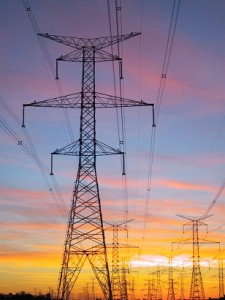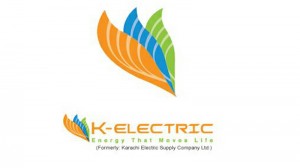NEPAL > Hydroelectricity in Nepal – A Primer

researches, development workers and investors, both local and international, have explored this
gold mine. However, for the number of speeches given, papers written, criticisms made and
projects discussed, it hasn’t actually led to the production of hydroelectricity at a pace that the
country demands or is required for its rapid development. Nevertheless, with power hungry
population within its boundary and across the border in India and China, the potential to light up
developing cities and run new industries through renewal and carbon free source of energy is precious.
In this and consequent posts, we will be post information about different areas of Nepal’s
hydropower sector pertinent for investment assessment including risk factors, processes involved
for interested foreign investors, and tremendous tax and other benefits from the government. We will
also look at some prior projects and results and will continue to follow news and development.
For now, below highlights some fundamentals of hydropower in Nepal.
Topography and Hydro power potential – Nepal has more than 6,000 rivers and rivulets with
an overall average annual run of 225 billion cubic meters of flowing water. The gradient of
Nepal, which varies from 100m above sea level in the south to 8,848m in the north, enables
considerable high head hydropower potential. Because of the diverse topography, Nepal
has hydropower generation capacity of 83,000 MW, out of which 44,000 MW is said to be
technically and economically viable.
Current power scenario – According to the Nepal Electricity Authority (NEA) Annual Report
(2010-11), the annual power demand of Integrated Nepal Power System (INPS) reached 946.1
MW that year while the installed capacity was 700 MW (650 MW of which is generated from
hydro sources). The annual supply of energy was about 3850.87 GWH while the demand
totaled 4833.55 GWH. The peak power and annual energy demand growth are about 7% and
11% respectively. During the dry seasons, the domestic demand exceeds the current supply of
electricity by more than 50% during the dry seasons.
Clear need for hydropower investment exists – Less than 40% of the population of Nepal
currently has access to electricity and those who have access face power cuts of up to 16 hours
a day during dry seasons. Looking across border, specifically in the neighboring areas on India,
the electricity deficit was 13,124 MW during 2009-10 (all India peak demand was 109, 809
MW during that year). This deficit is increasing every year given India’s high rate of economic
growth. Recognizing Nepal’s potential, Nepal and India are jointly implementing three cross
border transmission line of 400 KV to facilitate electricity trade between the two nations. Similarly China and Bangladesh have also shown interest in importing hydropower from Nepal.
Opportunities are endless with hydropower developers having untold opportunities to make tremendous financial return as well as social impact in this energy deprived nation (and beyond).




